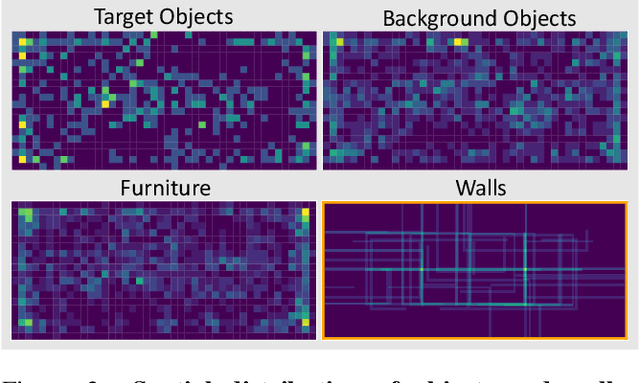RoboTHOR: An Open Simulation-to-Real Embodied AI Platform
Paper and Code
Apr 14, 2020



Visual recognition ecosystems (e.g. ImageNet, Pascal, COCO) have undeniably played a prevailing role in the evolution of modern computer vision. We argue that interactive and embodied visual AI has reached a stage of development similar to visual recognition prior to the advent of these ecosystems. Recently, various synthetic environments have been introduced to facilitate research in embodied AI. Notwithstanding this progress, the crucial question of how well models trained in simulation generalize to reality has remained largely unanswered. The creation of a comparable ecosystem for simulation-to-real embodied AI presents many challenges: (1) the inherently interactive nature of the problem, (2) the need for tight alignments between real and simulated worlds, (3) the difficulty of replicating physical conditions for repeatable experiments, (4) and the associated cost. In this paper, we introduce RoboTHOR to democratize research in interactive and embodied visual AI. RoboTHOR offers a framework of simulated environments paired with physical counterparts to systematically explore and overcome the challenges of simulation-to-real transfer, and a platform where researchers across the globe can remotely test their embodied models in the physical world. As a first benchmark, our experiments show there exists a significant gap between the performance of models trained in simulation when they are tested in both simulations and their carefully constructed physical analogs. We hope that RoboTHOR will spur the next stage of evolution in embodied computer vision. RoboTHOR can be accessed at the following link: https://ai2thor.allenai.org/robothor
 Add to Chrome
Add to Chrome Add to Firefox
Add to Firefox Add to Edge
Add to Edge